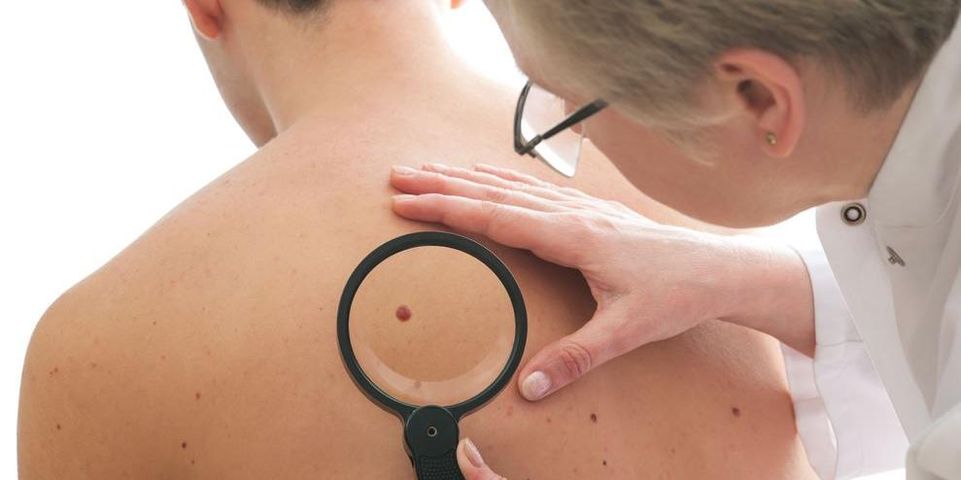When Should You Get Your Moles Checked Out By A Doctor?

Everyone has moles on their skin. On average, most people have at least 10, but less than 40 moles. A mole can appear anywhere on your body, and most moles appear by age 20.
Although your pattern of moles is most likely determined by your genetics, too much sun can cause you to have more moles, and can cause the ones you already have to get darker. New moles tend to appear and existing ones tend to get larger and darker during your teen years and if you become pregnant.
If you have any moles that are larger than most, have smudgy or irregular edges, are uneven in color or have some pinkness, you should see a doctor and get them checked. If you notice a change in color or shape, or the mole becomes itchy, painful or starts to bleed, see a doctor immediately.
When you examine your moles, remember the ABCDE’s of melanoma. If you notice any of the following, consult your doctor or dermatologist:
- A for asymmetry: A mole in which one half of the mole does not look like the other
- B for irregular border: A mole with a scalloped or poorly defined border
- C for varied color: A mole that consists of multiple shades of black, brown, white, red, and/or blue
- D for large diameter: A mole that has a diameter larger than that of a pencil eraser
- E for evolving: A mole that's size, shape, or color changes over time
- New moles: A mole that develops, especially if it appears after age 20
- Bothersome moles: A mole that bleeds, itches, or is painful
Make sure to schedule an appointment with your family doctor at Patient Choice Medical Care.
About the Business
Have a question? Ask the experts!
Send your question

